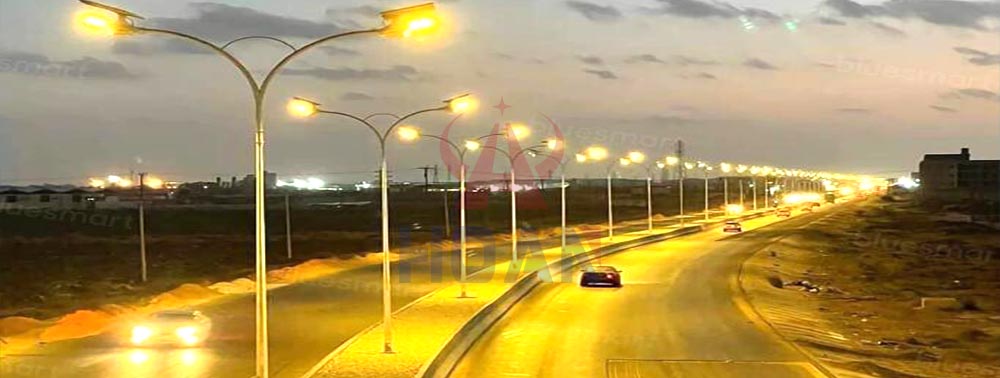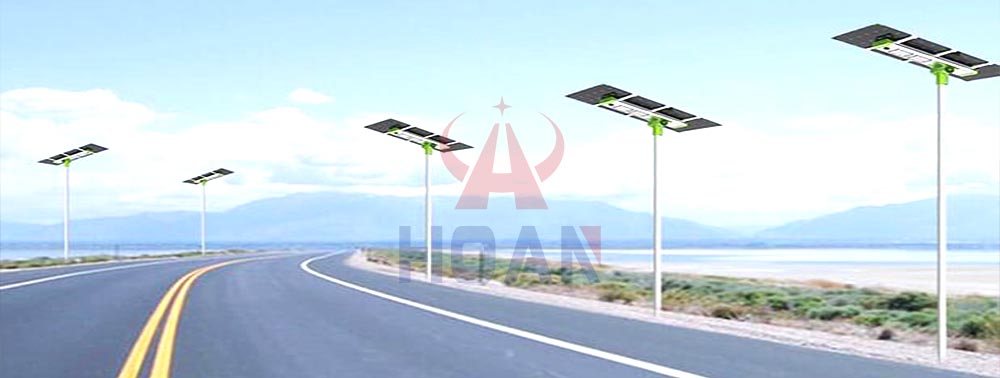On the mountainous highways of the Philippines,
Solar Street Lights has become a reliable guardian of road safety with its excellent performance and stability. Especially in adverse weather conditions,
Solar Street Lights show their unique advantages, working even in rainy days to ensure sufficient power to provide drivers with clear indications of the road.
 Solar Street Lights
Solar Street Lights is a device that utilizes solar energy to convert into electricity, absorbing sunlight and storing energy during the day. This design allows the
Solar Street Lights to work continuously without an external power source, greatly reducing the reliance on traditional electricity. On rainy days, when the sun is blocked by clouds,
Solar Street Lights can still rely on its energy storage system to ensure a continuous supply of electricity.
Solar Street Lights play a vital role in ensuring safety on slippery roads and poor visibility when drivers need clearer road directions.
Solar Street Lights play a vital role in this situation. They emit bright light through the built-in LED light source, making road markings clearly visible in the rain. This design not only improves visibility for drivers, but also increases their alertness, helping to prevent traffic accidents.

In addition,
Solar Street Lights have excellent crush resistance. In complex terrains such as mountainous areas, where road conditions are often harsh, the vehicle generates high levels of vibration and impact when traveling. However,
Solar Street Lights are made of high-strength materials that can withstand greater pressure and impact, ensuring that they can still work stably in bad weather.

To summarize,
Solar Street Lights are able to work normally in rainy days and other adverse weather conditions, ensuring sufficient power to provide drivers with clear indications of the road surface. This unique advantage makes
Solar Street Lights play an increasingly important role in ensuring road safety. As technology advances and applications continue to expand,
Solar Street Lights will play an even more important role in the future of road safety.


